FamilyHandyman.com
In today's information age, a massive amount of information is being pushed through our coaxial cables, leaving very little room for error. Here are 23 tips to improve TV reception and internet speed.

Use the Proper Coaxial Cable
It's important to install the proper cable. RG-6 ('RG' is an old military term for Radio Guide/Grade) is the industry standard, but there are other considerations. Use this chart to help determine which cable is best for the job.
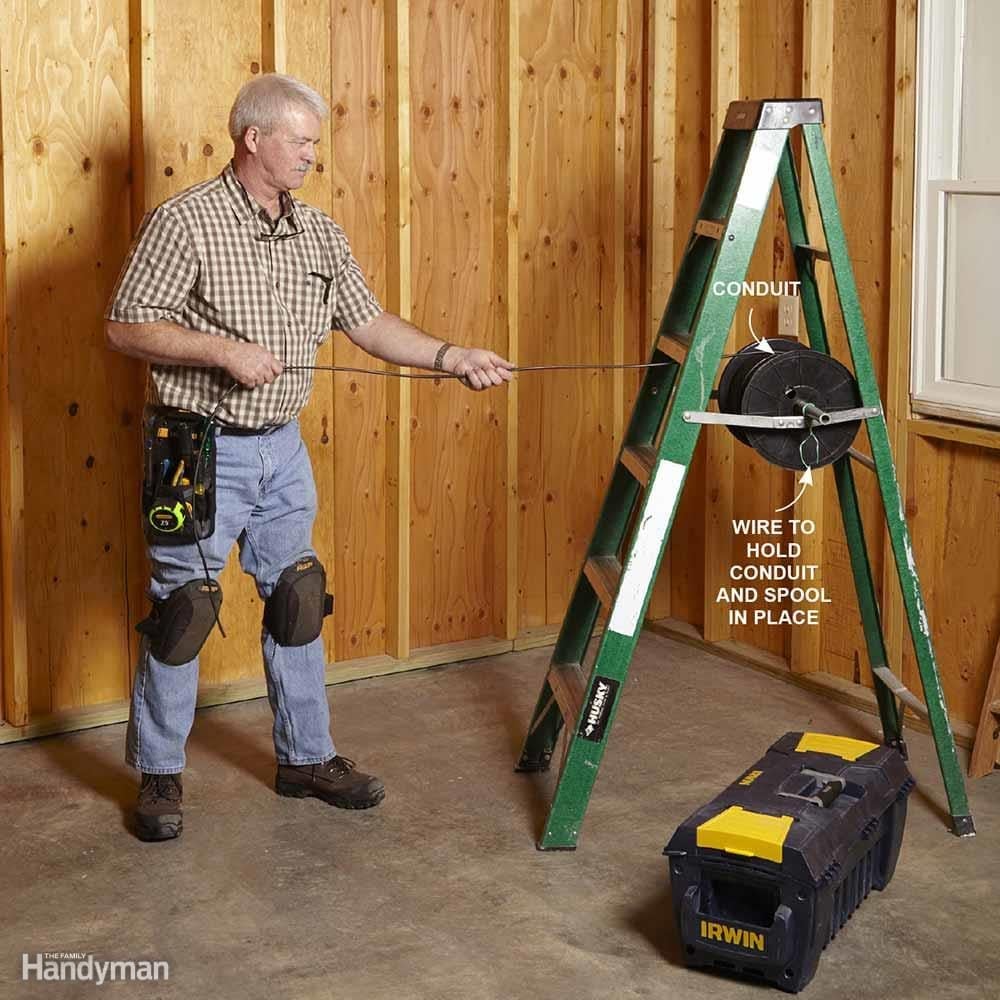
Roll Out Coaxial Cable
If you lay a spool of cable on its side and start pulling cable off it, the cable will twist as it unravels, and a twisted cable kinks when you pull on it. It's best to slide a section of conduit through the center of the spool and rest it on a ladder. Secure the conduit with a scrap piece of wire.
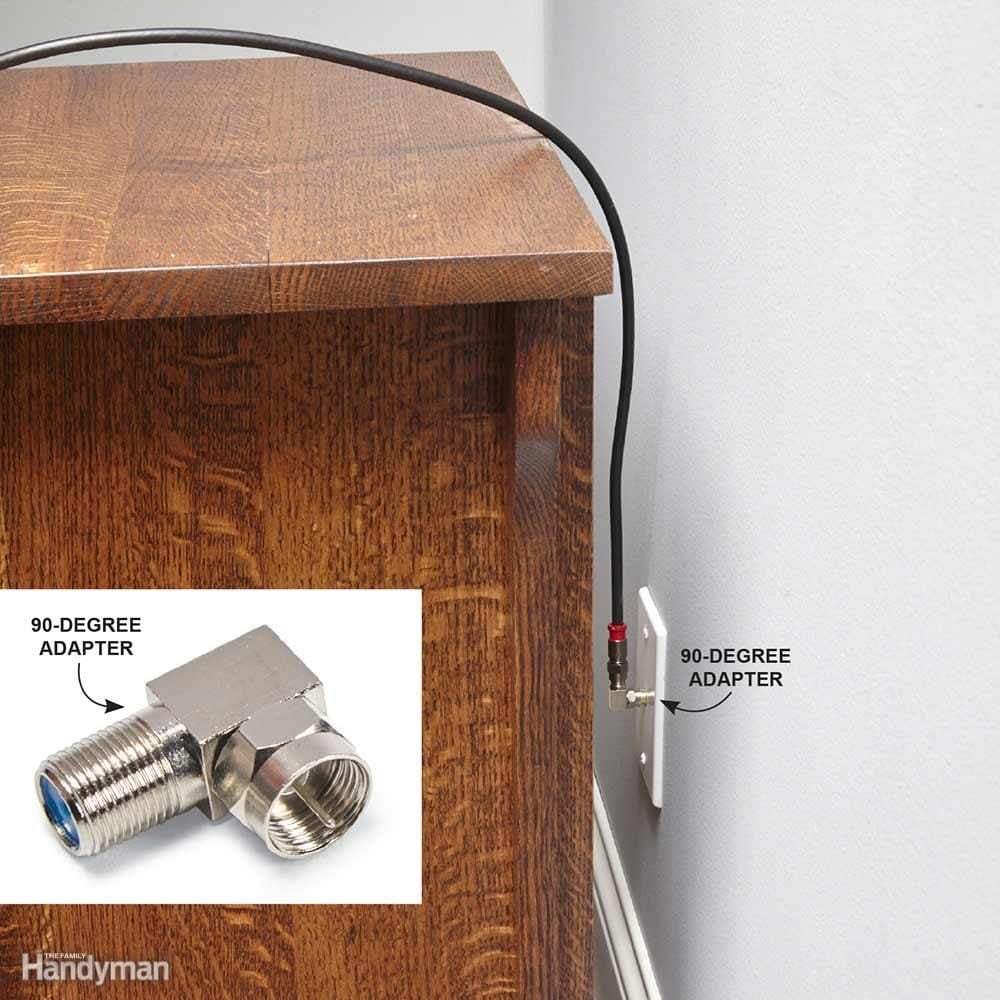
Avoid Sharp Bends with Coaxial Cable
Sharp bends will damage a cable. Think of wrapping a cable around a coffee can; coaxial cable should never be bent sharper than that. Use a 90-degree adapter when a sharp bend is unavoidable, like behind a TV stand. Just make sure the connector is rated to handle Hi-Def if that's the signal you're working with.
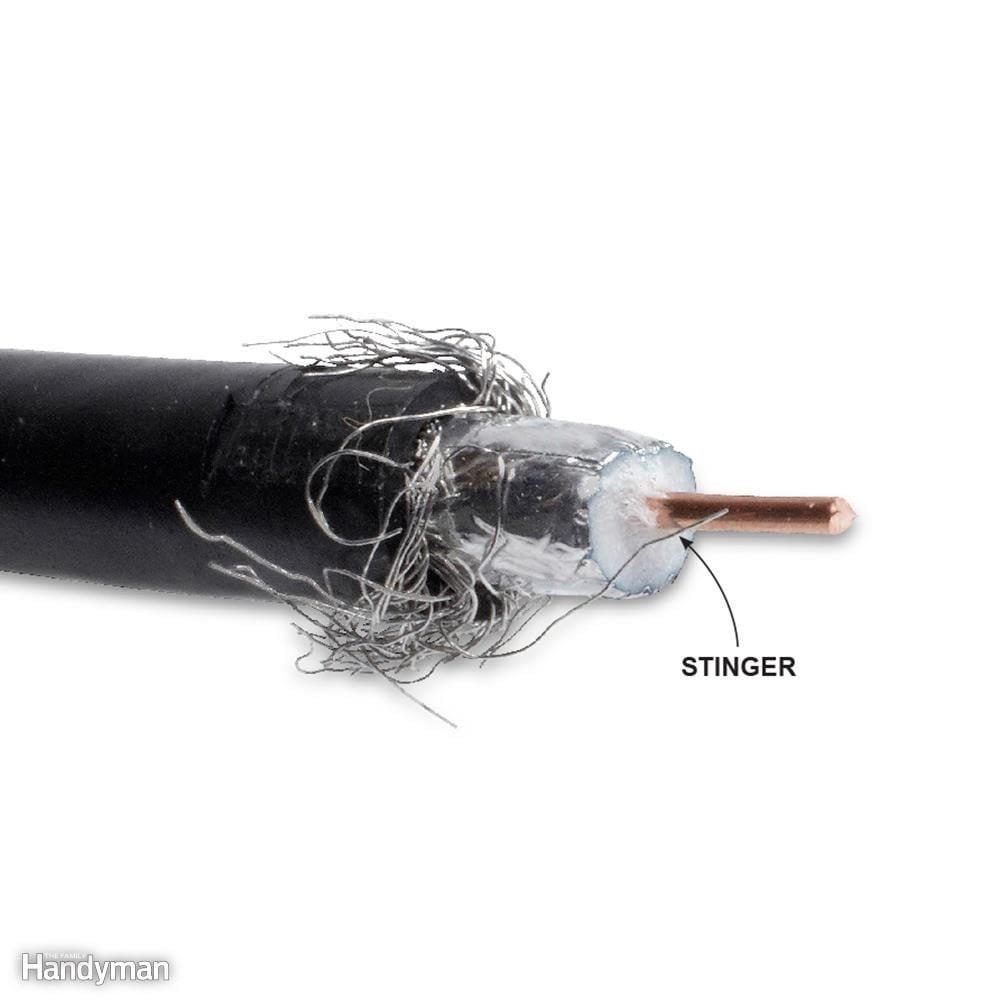
Avoid Coaxial Cable Stingers
Once coaxial cable has been stripped, leave the foil in place, but peel back the braid. Make certain that not even one of the tiny wires of the braid touches the center conductor. That's what the pros call a “stinger,” and stingers are notorious for wreaking havoc with signal quality.
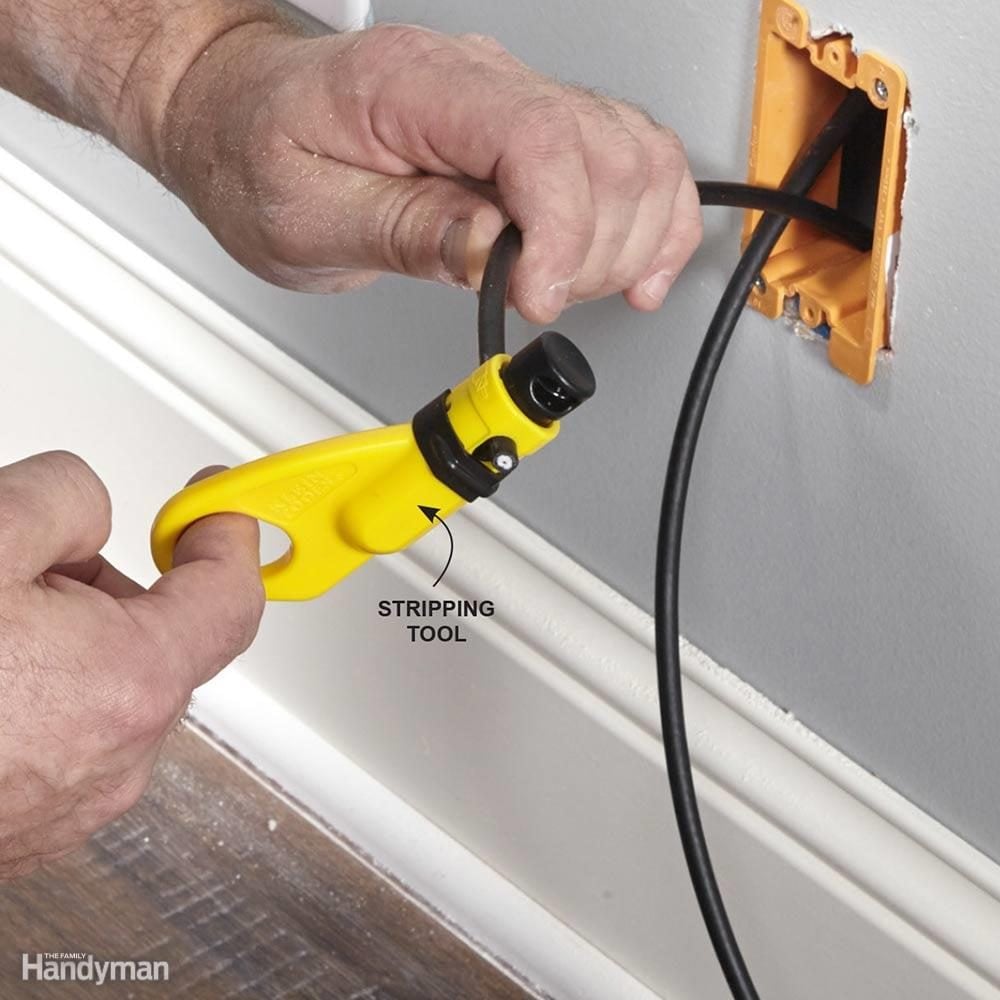
Use a Coaxial Cable Stripping Tool
It's not impossible to strip a coaxial cable with a utility knife, but it's not easy. A $15 stripping tool gives you fast and perfect results every time. Coaxial cable strippers have two blades: One blade cuts through the jacket without damaging the braid, and the other blade cuts through everything except the center conductor. Some pros prefer to leave the center conductor a bit long and trim it down (about 1/8 in. past the connector) after the connector is crimped on.
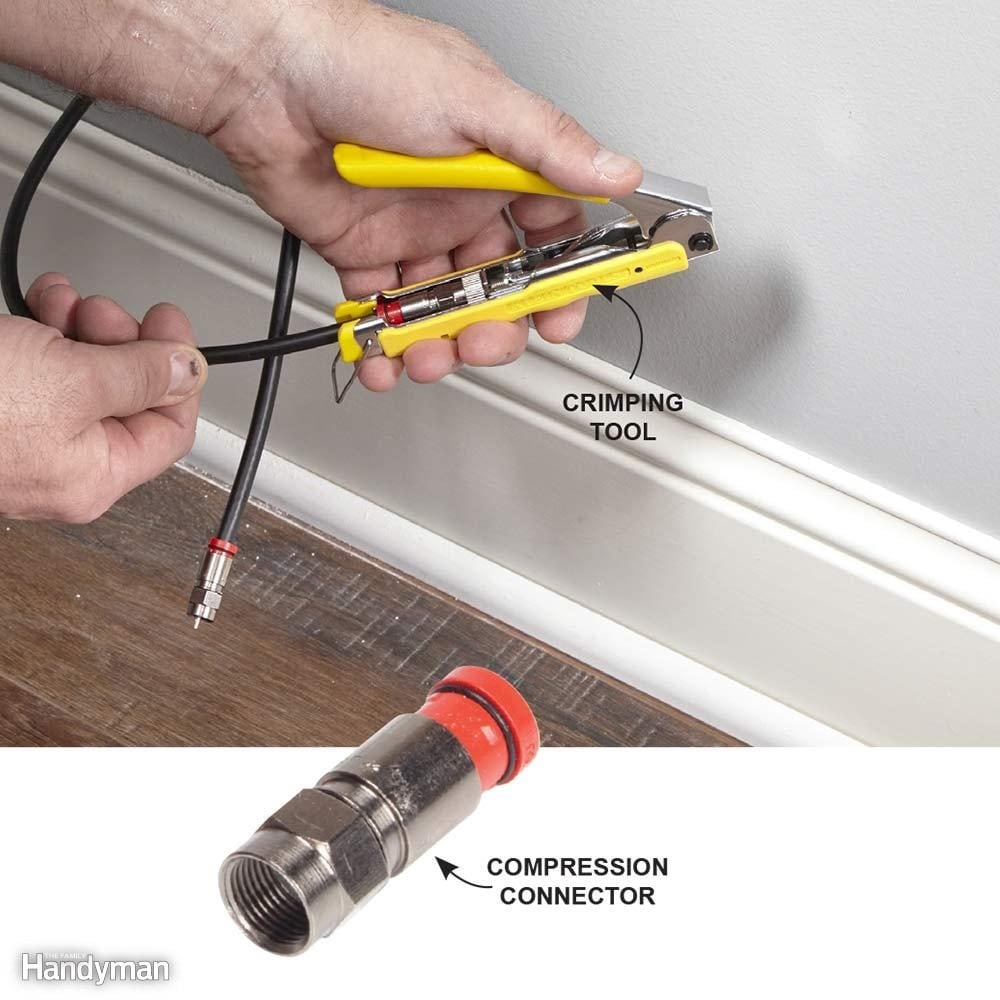
Use Coaxial Cable Compression Connectors
Avoid push-on, screw-on and crimp-on coaxial connectors connectors; compression connectors work best. You'll need a $15 crimping tool to install compression connectors.
Buy connectors that can handle the highest frequency available. Some cheap connectors may work for a security camera, but not a Hi-Def TV or Internet signal. The same goes for wall plates. Not all wall plates have built-in connectors capable of handling high-end signals. When in doubt, buy the connector with the highest frequency rating. The rating should be displayed on the packaging.

Bond Coaxial Cable
Even if your Hi-Def TV is working fine, you might want to check to see that the coaxial cable is “bonded” to the house's grounding system. Bonding simply means connecting two things to ensure electrical continuity and conductivity. In a home, it's important that the electrical system, communication systems, metal plumbing pipes, metal gas piping and other metallic systems be electrically bonded together.
Electrically bonding various systems together limits the different voltage potential (pressure) and shock hazards that could be present during a lightning strike or other electrical anomaly. A difference in voltage potential can create strong currents that can jump between two different systems through an undesirable path, and that path could be you!.
The simplest way to bond your coaxial cable to the rest of the house is to run the cables through a grounding block, and then run a wire from the block to the grounding electrode (ground rod) or other qualifying grounding connection point. If you have no idea where any part of the home's grounding system is, call an electrician. In addition to electrocution, improperly grounded cables could lead to damaged electronics and house fires.
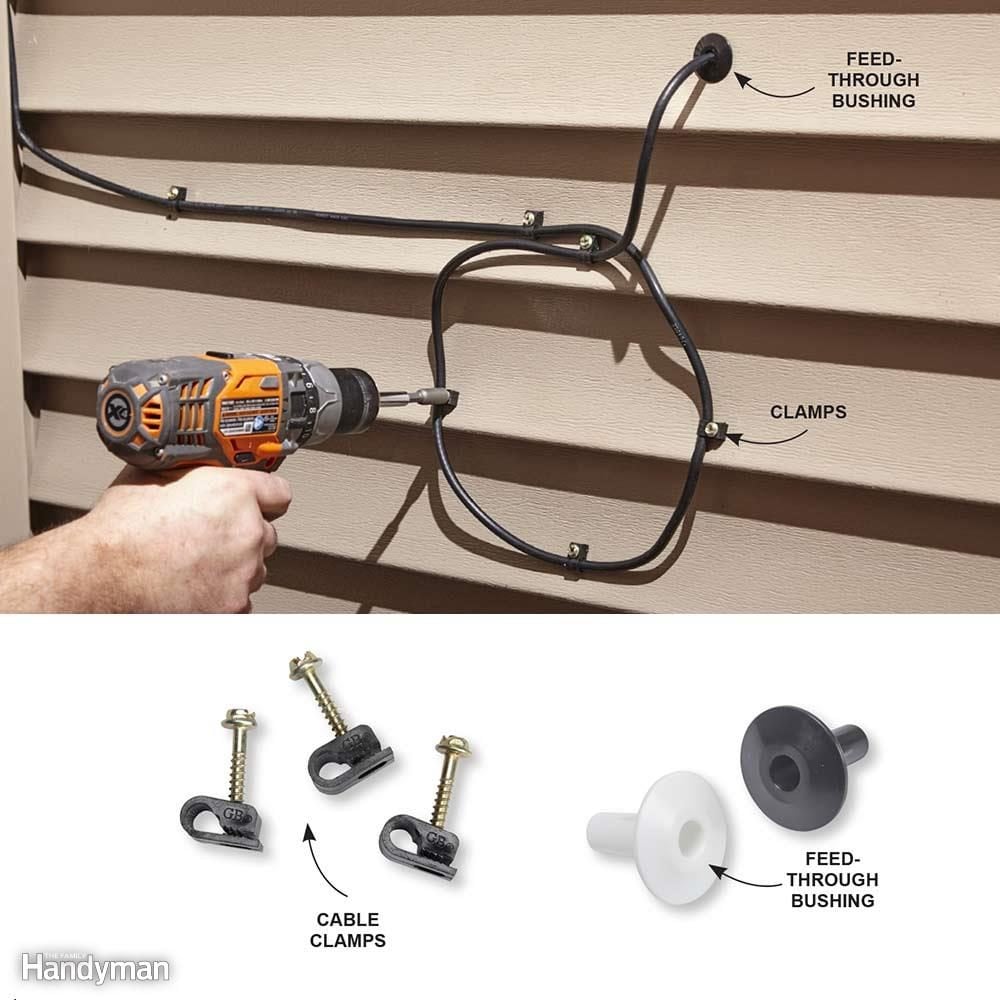
Make a Drip Loop in Coaxial Cable
Exterior coaxial cable should never run sideways or downward and directly into your house. Rainwater will adhere to the cable and follow it right into your home. Loop the cable before it enters the building. The loop will not only help shed the water but also provide extra cable for future work or repairs.
A feed-through bushing will allow you to drill a slightly larger hole so you can fish the cable through the wall without damaging it. Dab silicone caulk behind the bushing before pushing it into its final resting place. Secure cables with clamps or straps that are held in place with screws. Avoid cable straps or hangers that require nails or staples. The chances are good that you'll eventually miss the nail on the strap and whack the cable with your hammer by accident. A cable that's been crushed by a hammer is a cable that will corrupt a signal. Straps with the screws already in place are favored by pros.

Install a Low-Voltage Box for Coaxial Cable
It's much easier to fish a coaxial cable through a low-voltage box (sometimes called a “mud ring”) than through a regular electrical box. But that's not the only reason to use them. Low-voltage boxes allow you to push the extra length of wires into the wall cavity without over bending them. You'll damage the cable if you try to cram it into a small electrical box. Leave 8 to 10 in. of extra cable in the wall cavity just in case you want to make changes down the road.
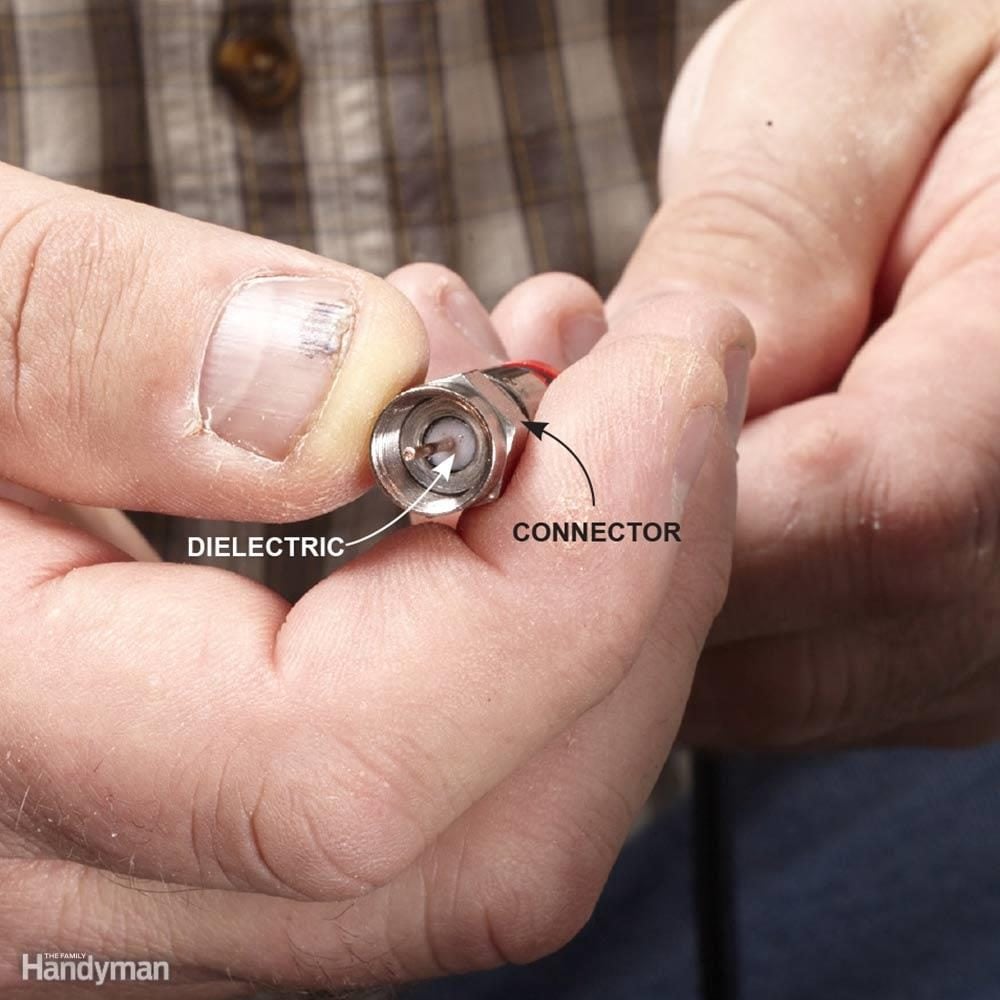
Make Good Coaxial Cable Connections
You won't get a good connection if the dielectric portion of the coaxial able isn't pushed flush with the connector. If it's really difficult to do, you may have the wrong connector for the cable you're working with. RG-59, RG-6 and RG-6 Quad all require different connectors.

Run Coaxial Cables Perpendicular to Electrical Cables
Keep coaxial cables away from electrical cables. Electrical cables that run parallel with a coaxial cable can interfere with your signal. It's OK, however, to run coaxial cables perpendicular to electrical cables.
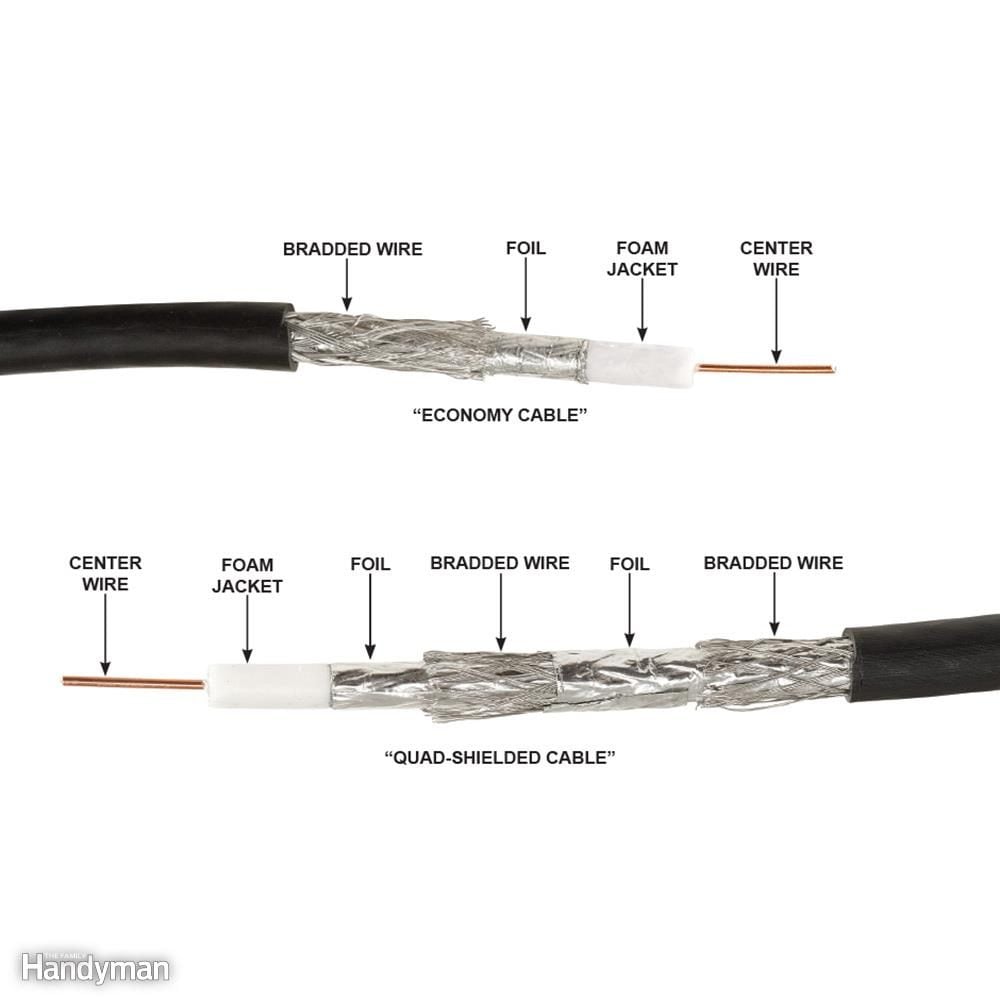
Buy Quad-Shield Coaxial Cable
Shielding is what counts when it comes to coaxial cable quality. It blocks interference and keeps the signal clean. Skip the economy cable and go right for the “quad-shield” product. Quad-shield costs twice as much as cable labeled “dual” or “double-shield.” But after spending big bucks on your TV or computer, skimping on coax just doesn't make sense.
High-quality cable has two layers of metal foil and two layers of braided wire to block interference.
Economy cable has just one layer of metal foil and braided wire.
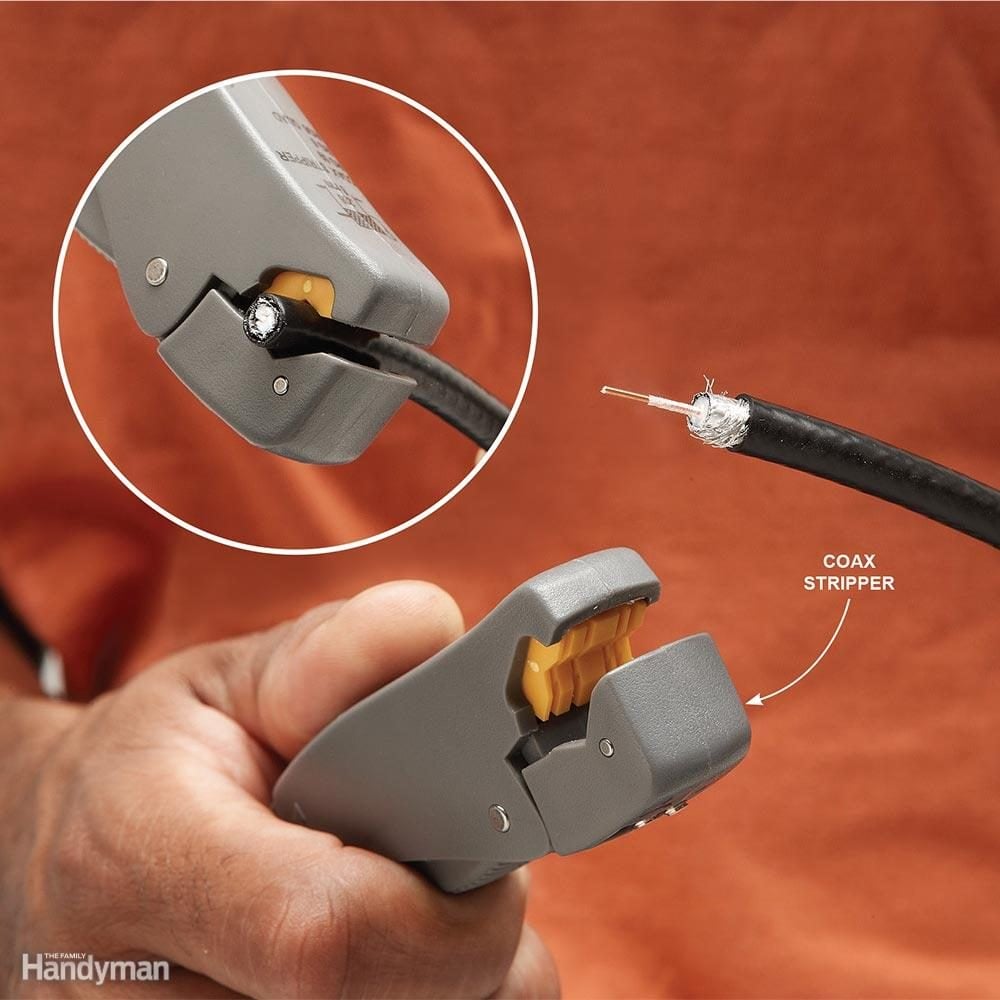
Cut Coaxial Cable Carefully
The signal carried by the coaxial cable center wire actually travels along the outside of the wire, not through the inside. So a tiny nick in the wire can cause a big obstacle for the signal. That's why a special coaxial cable stripper (sold at home centers) is the only tool you should use to prepare the ends of the cable for connectors. Never use standard wire strippers or a knife. A coax cable stripper cleanly cuts the outer jacket, the shielding and the foam jacket in one step—without harming the center wire.
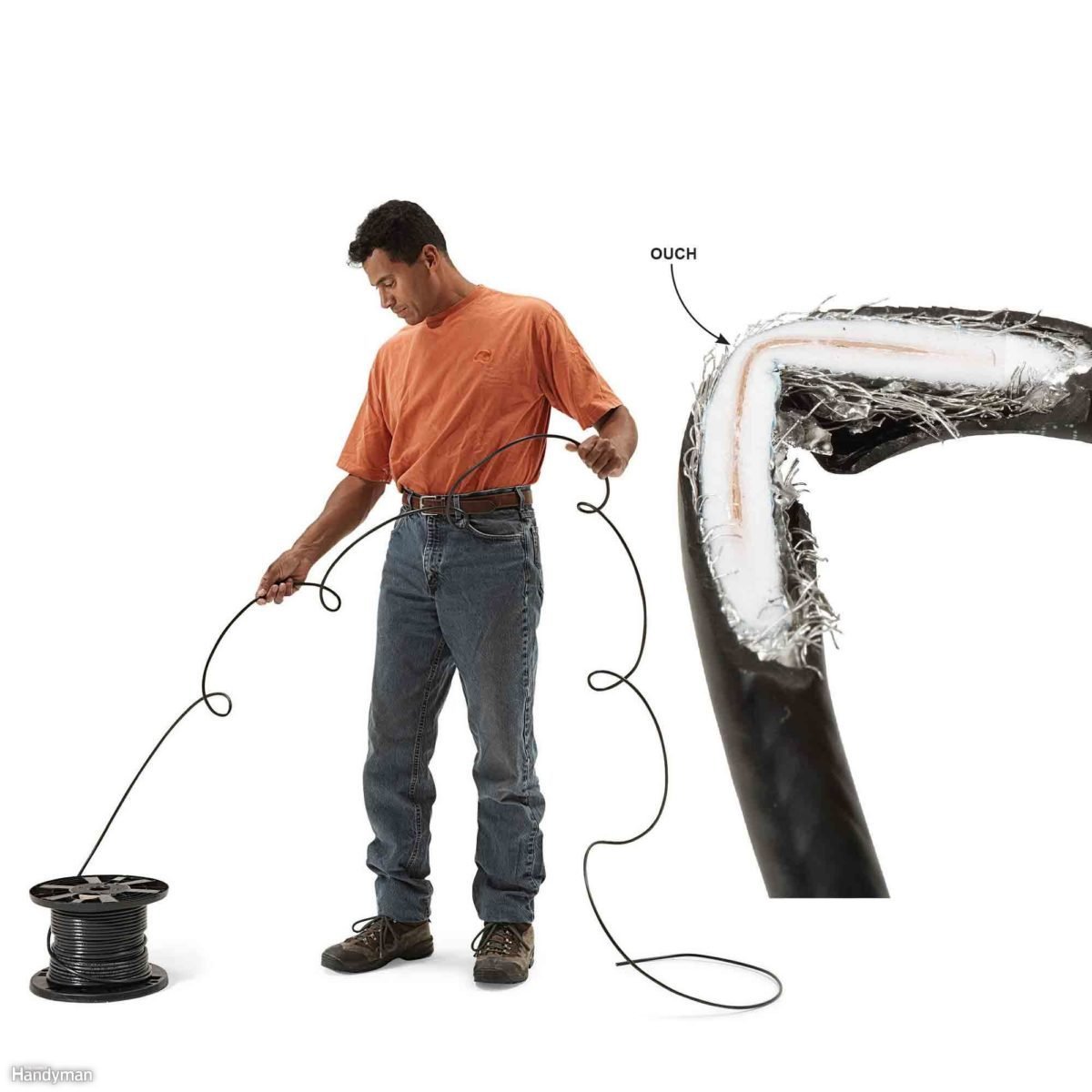
Don't Kink the Cable
The wire at the center of coaxial cable is molded inside a foam jacket to keep it away from the shielding and to block interference. If you kink the cable or bend it around a sharp corner, you crush the foam. At that point, the damage is done and there's no way to undo it. Never bend cable around a radius smaller than 3 in.
When coax cable kinks, the center wire crushes its foam jacket and gets too close to the shielding. That leads to interference.
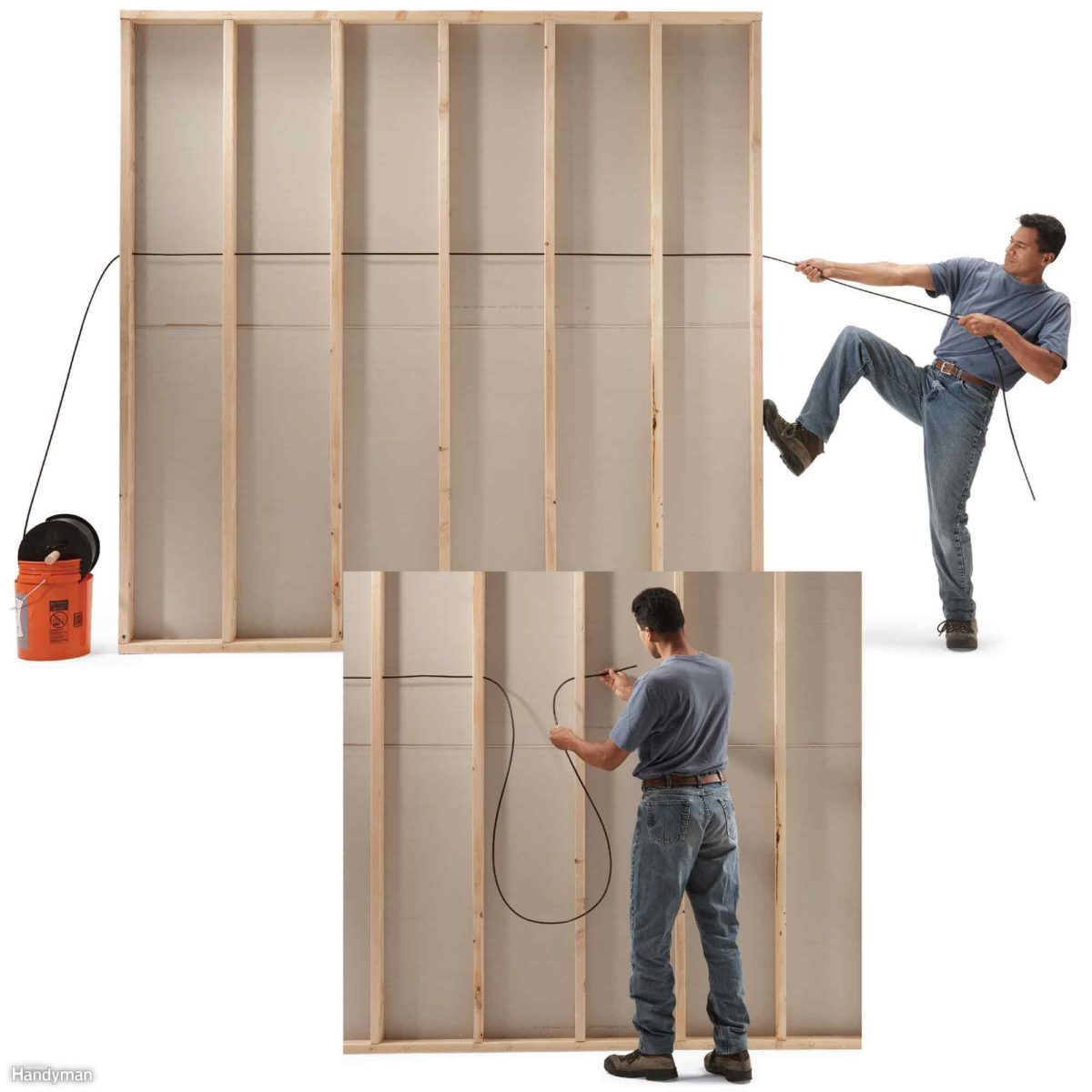
Don't Pull Too Hard
Coaxial cable is fragile, and kinking and crushing aren't the only ways to damage the foam jacket surrounding the center wire. Pulling coax cable too hard tightens the braided wire shielding and compresses the foam (the way 'Chinese handcuffs' tighten around your finger). That harms signal quality. The maximum pulling force for RG-6 cable is 35 lbs. Make several short pulls through walls and ceilings instead of a long tug-of-war pull.
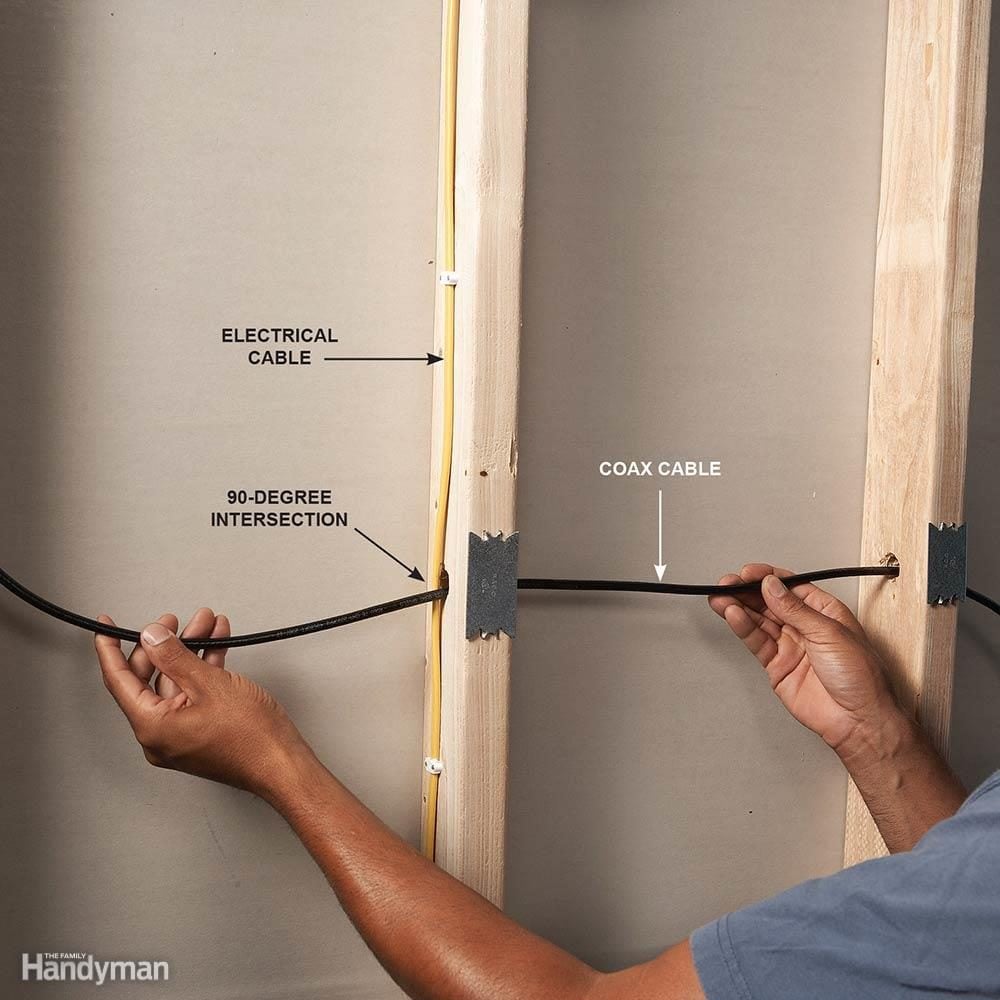
Don't Run Coax Too Close to Electrical Wiring
Electrical lines can cause nasty interference in coaxial cable. So keep coax cables as least 6 in. away from electrical cable, even if the cables are separated by wood or other building materials. To reduce any chance of trouble from phone lines, install 'twisted pair' or shielded phone wiring. If the coax must cross over an electrical line, create a 90-degree intersection.
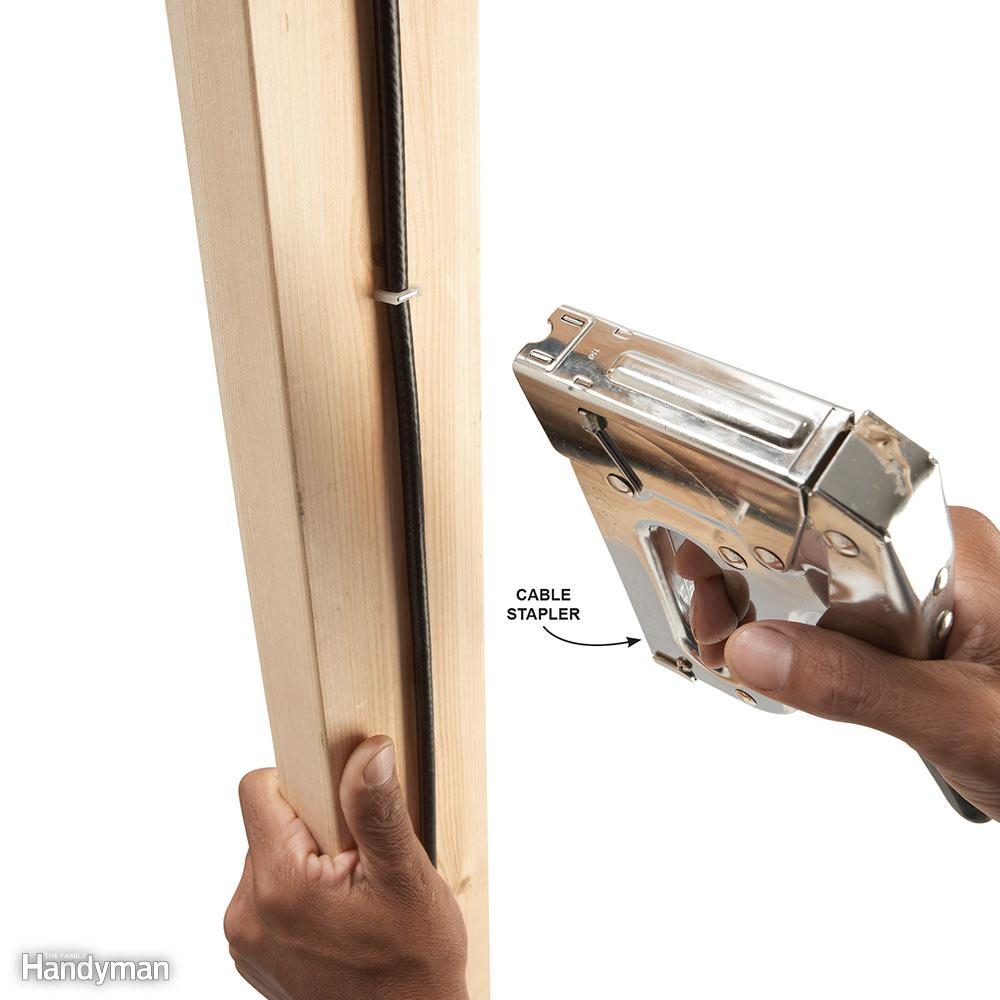
Don't Crush the Cable
There are a few kinds of staples made for coax, and all of them work well—as long as you don't drive them in too far. Forced too tightly over the cable, they'll crush the foam jacket inside, causing the same trouble as a kink. If you're running lots of coax, buy a special cable stapler, which won't crush the cable. They're available at some home centers or online (search for 'cable stapler'). When using a hammer, don't pound too hard. The staple shouldn't bite into the cable; a loose hold is better than a tight hold.
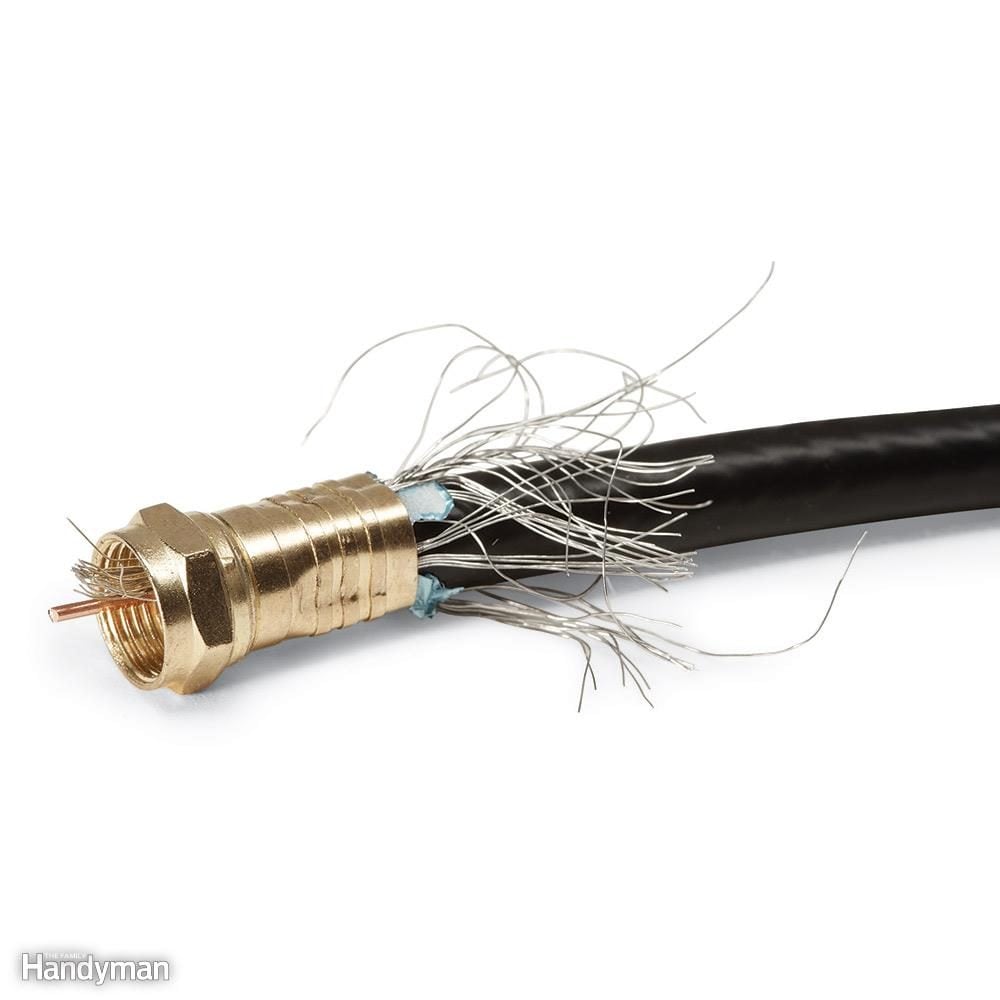
Don't Let the Shields Show
The best cable-routing job can get fouled up if you aren't careful when you attach the end connector. Always fold back the foil and braided shield carefully before you attach the connector. A single strand of braid protruding into the connector area can ruin the signal. Double-check your work before you crimp or compress the connector.
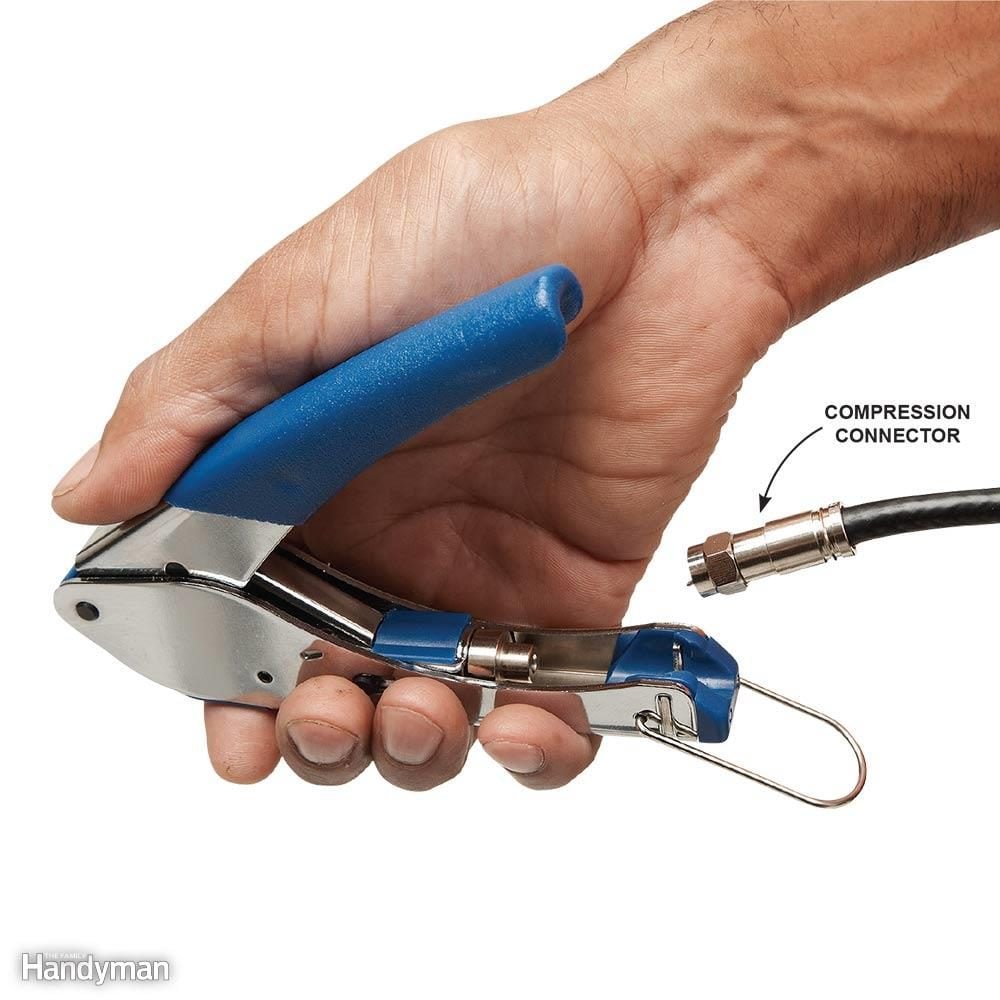
Don't Use Screw-On Connectors
Solid connections at the ends of coax cable provide a clear path for the signal to follow. Loose connections weaken the signal. End connectors that screw on over the outer jacket of cable can loosen up over time and even fall off. Instead, use crimp-ring style connectors and a special crimping tool (sold at home centers), or better yet, compression-style connectors. Compression-type connectors grip cable firmly, without crushing the inner foam jacket as crimp-style connectors sometimes do.
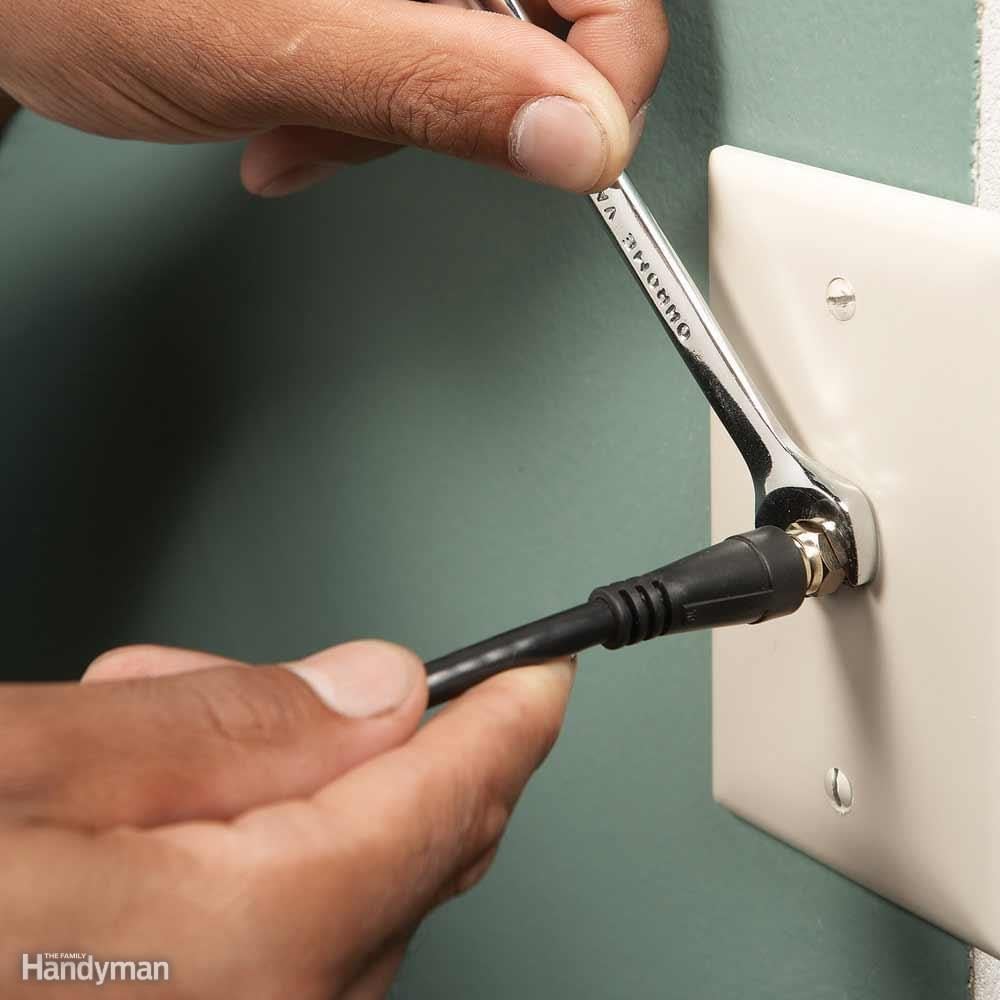
Don't Just Finger-Tighten Connectors
As with end connectors, the threaded connectors on wall jacks, computers and TVs must provide a solid path for the signal. Most people finger-tighten these connections, but that just isn't good enough. Instead, using a 7/16-in. wrench, turn the nut an extra quarter turn to snug up the connection.
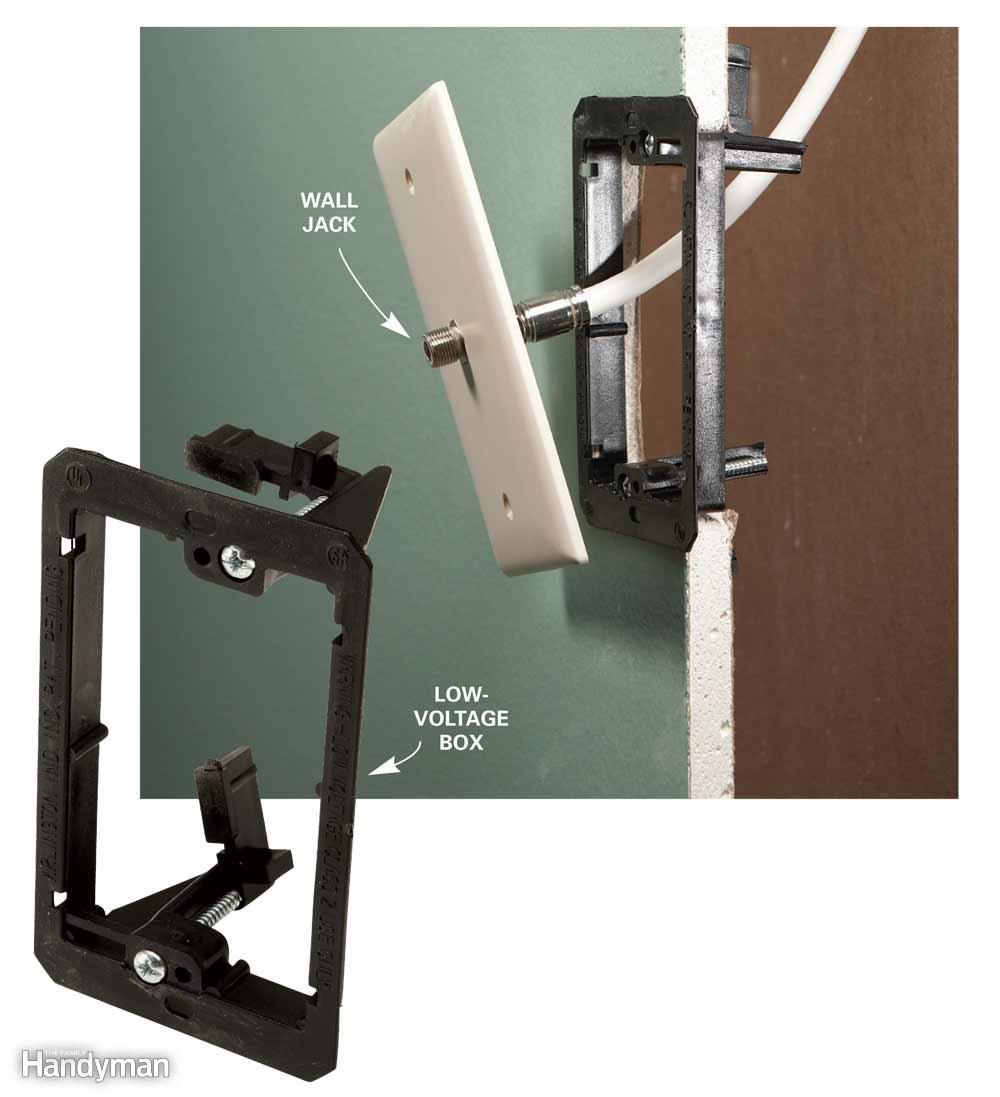
Don't Use Standard Electrical Boxes
The sides and back on a standard electrical box force you to bend the cable sharply inside the box, which can degrade the signal. Low-voltage boxes let you make a gentle bend because they aren't really boxes at all, just frames that mount on drywall. These boxes are sold at home centers and can also be used for phone, speaker and other low-voltage wiring.
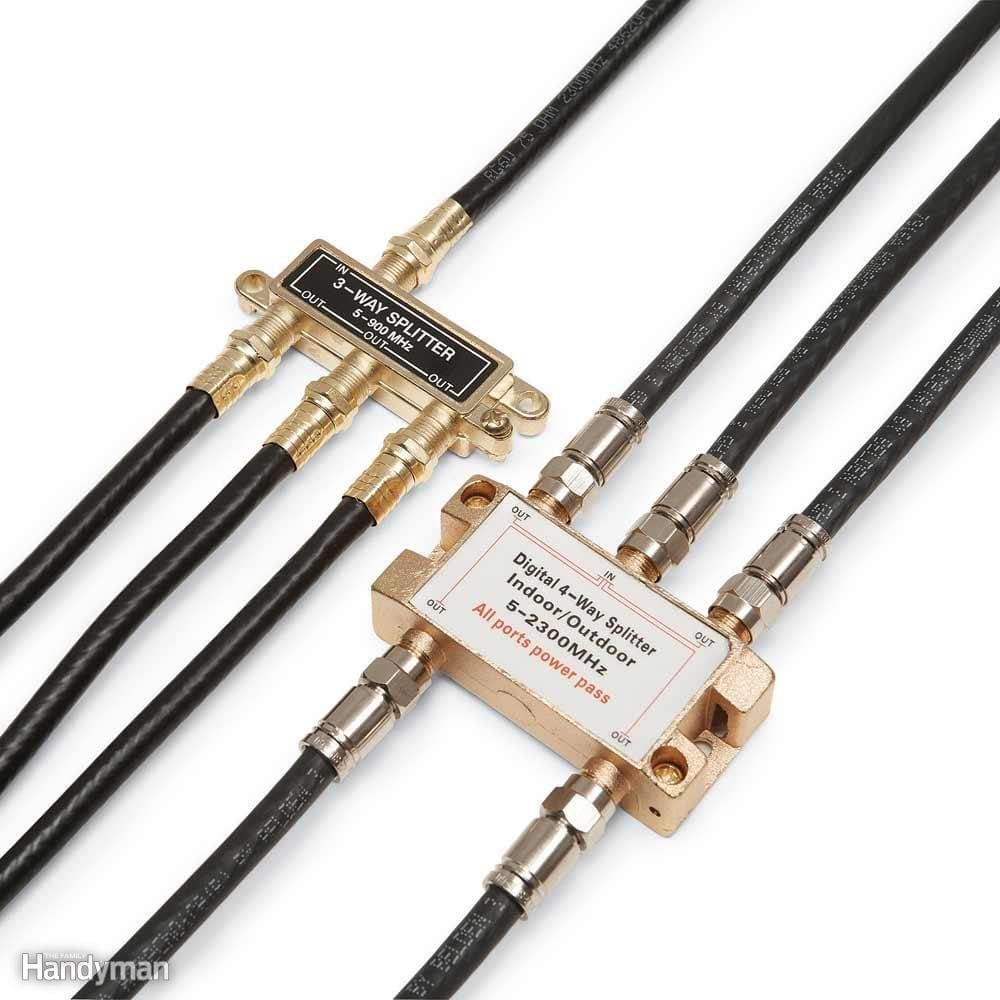
Don't Use a Cheap Splitter
Every time you split a TV signal, it gets weaker. But you have to split the signal if you want to add a TV. Still, you can avoid poor picture quality. First, buy a splitter that can handle the bandwidth needed for high-definition television and high-speed Internet. If you get poor picture quality after installing a splitter, call your cable provider for advice (they may increase your signal strength). You can also install an amplifier to boost the signal coming from your antenna, satellite or cable service. Amplifiers are sold at home centers, electronics stores and online (search for 'TV amplifier'). But plan to spend $50 or more to get better results. And keep your receipt so you can return the amplifier if it doesn't help.
Judge a splitter by the numbers. If you have cable service, buy one labeled '5-1450 MHz.' For satellite TV, look for a high end of at least 2200 MHz.



